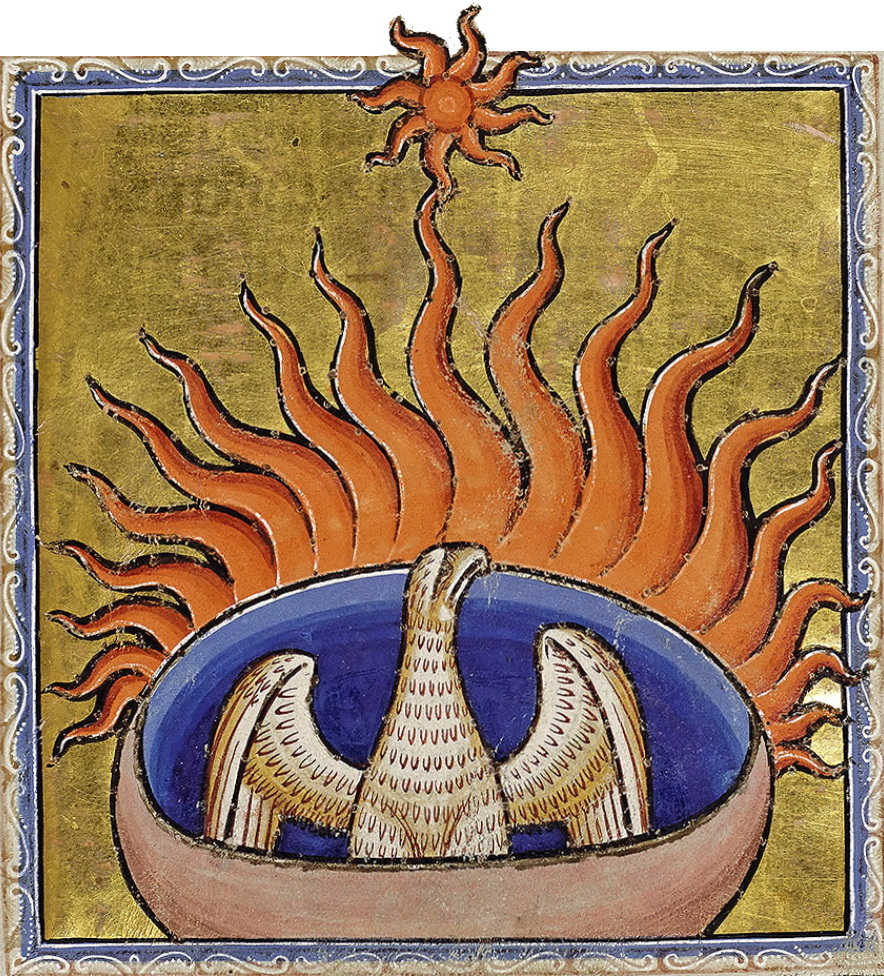Iamblichus has taken us on a metaphysical tour of the
Numbers; is it too much to claim that any metaphysics or religion
worthy of the name ought to be measured by the yardstick he has
provided? I do not think so. That is, if a supposed “philosophy of Life”
or doctrine cannot provide a legitimate and profound account of how it
accounts for and accomodates the spiritual value of Number which is
revealed in his meditations (which are the sum of centuries of thought
upon such in Greece), then it is inherently suspect, and ought to be
condemned. The condemnation would rest on the fact that it does not
partake of Logos, Measure, or Number. The Logos is the structure of
manifested reality, the pattern of higher things: as the Scripture puts
it, it is the “evidence of things not seen”. By faith, guided by Reason,
we see that the Numbers are actually markers or seeds and guidelines
which reflect the unmanifested One above, as well as the manifested but
higher planes of existence which are not so obvious to the the
untutored. A great and valid religion should be able to explain its
exoteric dogmas in terms of Number(s), so that it demonstrates a
correspondence with actual Creation, rather than wish-fulfillment and
delusion. The same would hold true for such
ad hoc philosophies
as neo-paganism or Nietzsche’s philosophy of the hammer. Where, in most
modern worldviews, is there any effort to harmonize with the Logos?
Most often, we only see expressed the virulent hatred for other points
of view, even if justifiably so in terms of pure intellect. The same
would hold for a certain kind of Traditionalism that restricts itself
merely to the rejection of what is Modern, thus (in a weird way),
acknowledging its opponent to be an anti-Monad which it is rejecting in a
Dyadic rebellion.
Corrollaries to this are obvious. Obviously, the Stoical tradition is
superior (for instance) to the Epicurean philosophy (a fact
acknowledged in the epistles of Saint Paul, who doesn’t mind quoting
certain philosophers as against others). In our own day, a similar form
of sifting might occur with the many Thoughts we encounter in the
“Marketplace of Ideas”. That is, some men are more sane, balanced, and
normative than others, and can be taken as sound guides on certain
subjects. Isn’t this what Gornahoor has undertaken?
In regards to the Ennead, it is so short, that I simply recommend readers to
peruse it.
Iamblichus makes the point that Nine is the last of the numbers, since
Ten is simply a Monad once Nine is taken away, and so on and so forth.
Nine is the cube of 3 (in the sense of 3+3+3), and so is a kind of
natural completion, or ending point, which Iamblichus again compares to a
goal post that is raced up to and turned around to head home. Even its
name is a play on words resembling Henad (Hen means One, so a Monad). It
is Oceanus, or “horizon”: moderns might say, Event Horizon. It is also
called Hyperion, because it is the supremely last manifested Number
before the repetition begins (strictly speaking) with the Decad. It also
contains all harmonic ratios, as 4+3+2 = 9 (sesquialter, double, and
sesquitertian).
But the chapter is very short, and if you are going to read a chapter of this work, this is a good place to dive in.
I hope it is not necessary to point out that Plotinus wrote
The Enneads, to readers of Gornahoor.

No comments:
Post a Comment